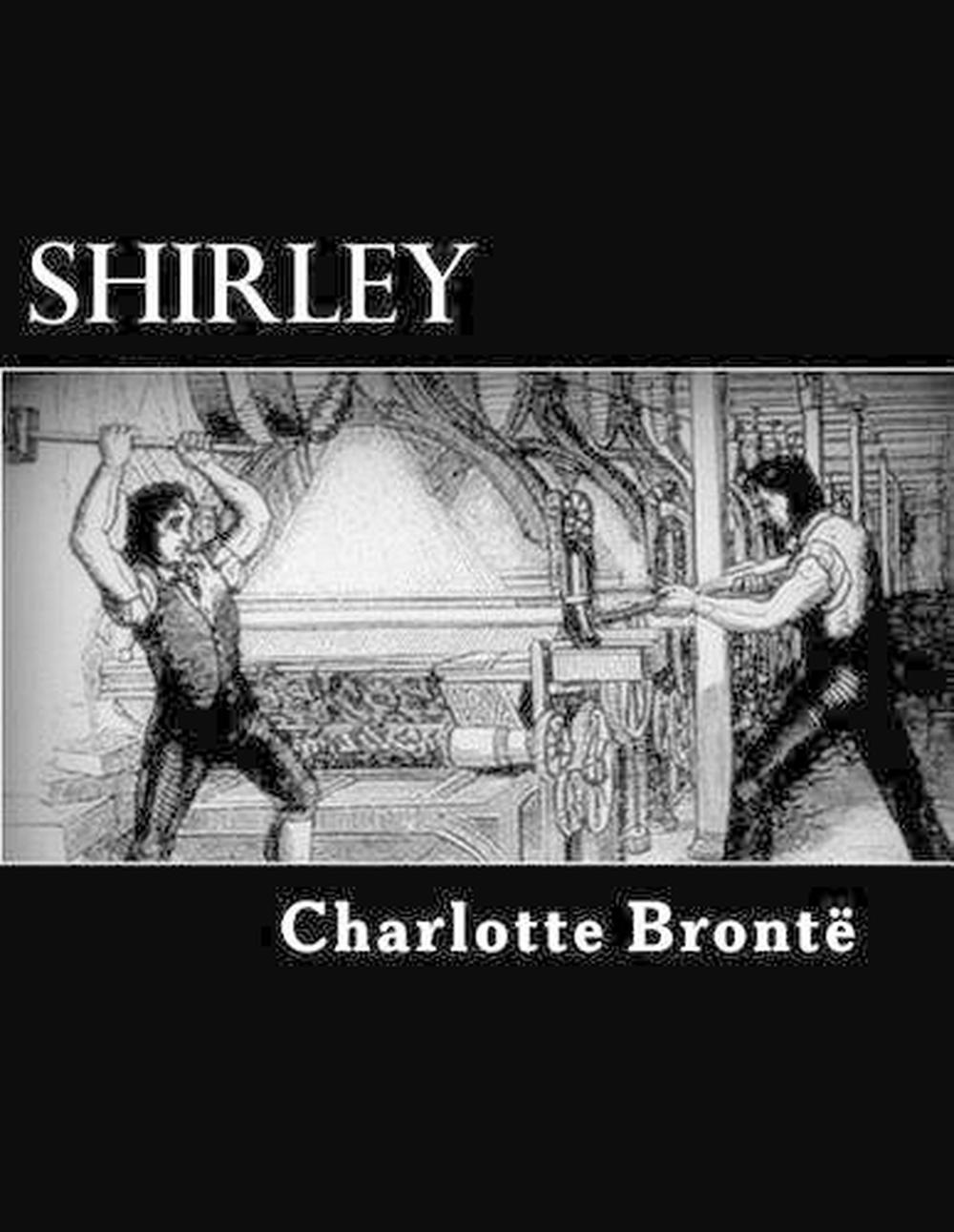


The school was unheated and the pupils slept two to a bed for warmth. They were regularly deprived of food, beaten by teachers and humiliated for the slightest error. The school was a horrific experience for the girls and conditions were appalling. In August 1824 Charlotte, along with her sisters Emily, Maria, and Elizabeth, was sent to the Clergy Daughters' School at Cowan Bridge in Lancashire, a new school for the daughters of poor clergyman (which she would describe as Lowood School in Jane Eyre). Maria Branwell Brontë died from what was thought to be cancer on 15 September 1821, leaving five daughters and a son to the care of her spinster sister Elizabeth Branwell, who moved to Yorkshire to help the family. This is where the Brontë children would spend most of their lives. In April 1820 the family moved a few miles to Haworth, a remote town on the Yorkshire moors, where Patrick had been appointed Perpetual Curate. See also Emily Brontë and Anne Brontë.Ĭharlotte Brontë was born in Thornton, Yorkshire, England, the third of six children, to Patrick Brontë (formerly "Patrick Brunty"), an Irish Anglican clergyman, and his wife, Maria Branwell.

Charlotte Brontë imagined a new form of power, equal to that of men, in a confident young woman extraordinary freedom has accustomed her to think for herself.Shirley Brontë's most feminist novel."Ĭharlotte Brontë was an English novelist, the eldest out of the three famous Brontë sisters whose novels have become standards of English literature. She is a theoretic possibility: what a woman might be if she combined independence and means of her own with intellect. "Shirley follows Jane Eyre as a new exemplar but so much a forerunner of the feminist of the later twentieth century that it is hard to believe in her actual existence in 1811-12. "Shirley is a revolutionary novel," wrote Brontë biographer Lyndall Gordon. The other is the vivacious Shirley Keeldar, who inherits a local estate and whose wealth liberates her from convention.Ī work that combines social commentary with the more private preoccupations of Jane Eyre, Shirley demonstrates the full range of Brontë's literary talent. One is the shy Caroline Helstone, who is trapped in the oppressive atmosphere of a Yorkshire rectory and whose bare life symbolizes the plight of single women in the nineteenth century. Following the tremendous popular success of Jane Eyre, which earned her lifelong notoriety as a moral revolutionary, Charlotte Brontë vowed to write a sweeping social chronicle that focused on "something real and unromantic as Monday morning." Set in the industrializing England of the Napoleonic wars and Luddite revolts of 1811-12, Shirley (1849) is the story of two contrasting heroines.


 0 kommentar(er)
0 kommentar(er)
